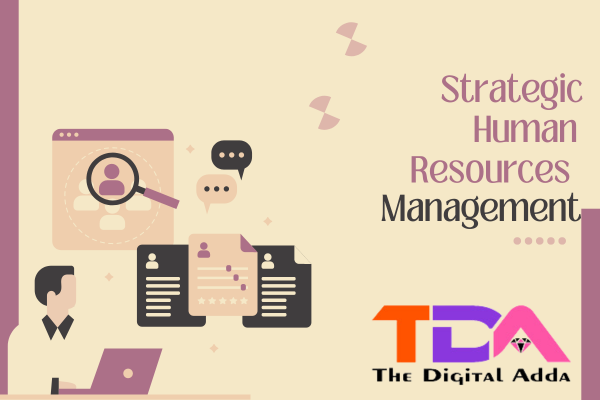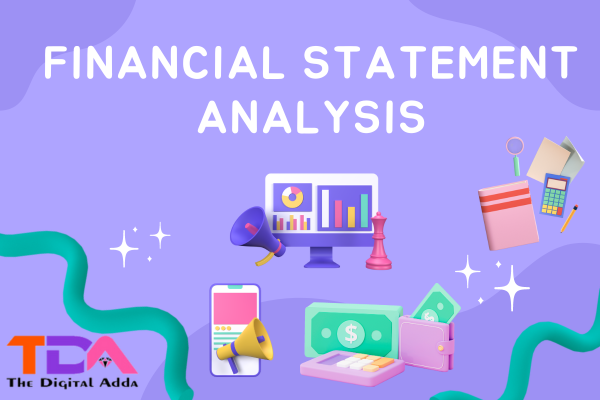Graphic Design & Illustration Certification – The Digital ADDA
Graphic design and illustration are creative disciplines that involve visual communication and artistic expression. While they share some similarities, they also have distinct purposes and processes. Here’s an overview of both graphic design and illustration:
Graphic Design:
- Purpose: Graphic design is primarily focused on visual communication and problem-solving. It aims to convey a message, promote a product or service, or convey information effectively through visual elements.
- Elements: Graphic design includes the use of typography (fonts), images, colors, layouts, and other design elements to create visually appealing and informative designs.
- Applications: Graphic design is widely used in various media, including advertising, branding, marketing, publications (magazines, brochures), packaging, web design, user interface (UI) design, and more.
- Tools: Graphic designers use software tools such as Adobe Photoshop, Adobe Illustrator, Adobe InDesign, and various other design and layout applications to create their designs.
- Skills: Graphic designers should have skills in layout design, color theory, typography, image editing, and a good understanding of design principles such as balance, contrast, and alignment.
- Output: The final output of graphic design work can be digital (websites, social media graphics) or physical (print materials like posters or business cards).
Illustration:
- Purpose: Illustration is a form of visual art that often serves a storytelling or decorative purpose. It focuses on creating unique and visually engaging images or artworks.
- Elements: Illustration relies heavily on drawing, painting, and other traditional or digital artistic techniques to create images. It often includes characters, scenes, and visual narratives.
- Applications: Illustrations are used in various contexts, including children’s books, editorial publications, advertising, packaging, posters, album covers, and digital media.
- Tools: Illustrators may use a wide range of tools, including traditional media (pencils, ink, watercolors) or digital tools such as drawing tablets and software like Adobe Illustrator or Procreate.
- Skills: Illustrators should have strong artistic and drawing skills, as well as the ability to convey emotions, stories, or concepts through their visual creations.
- Output: The output of illustration work can be a single image or a series of images that tell a story or convey a specific artistic vision.
While graphic design and illustration have distinct purposes and skill sets, they often overlap in the field of visual communication. Many graphic designers incorporate illustrations into their designs to add a unique artistic touch, and illustrators may create illustrations for marketing or editorial purposes. Both disciplines require creativity and an eye for visual aesthetics, making them essential components of various creative industries.
Who this Certification is for:
- Employees or Employers that need to gain skills in graphic design so you can produce graphics and print materials for your company.
- Beginners that want to start a career as a graphic designer.
- Entrepreneurs that plan to start their own business or become a freelancer.
- Anyone that wants to learn how to take their creative ideas and put them into a print or digital format.











